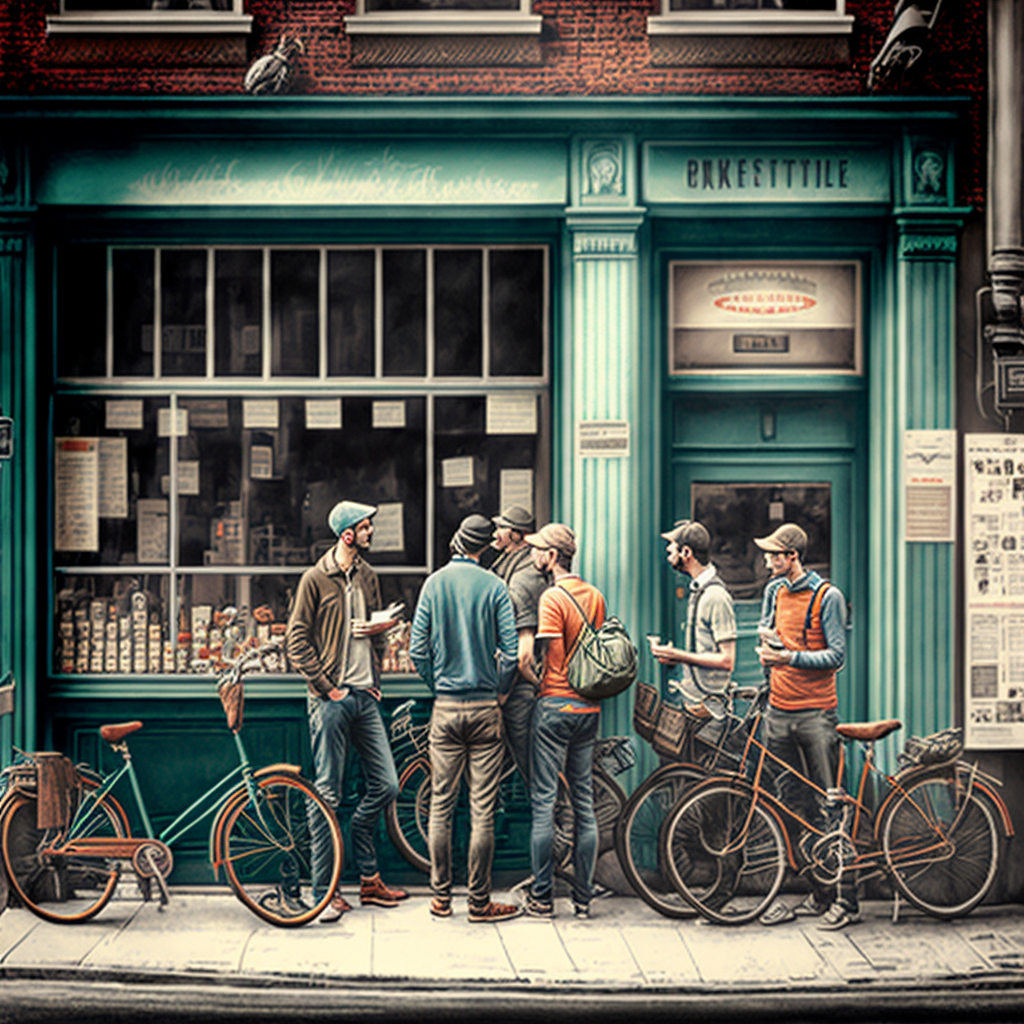
From “Dark Stores” to “Click-and-Collect”: Choosing the Right E-Grocery Delivery Model
E-grocery distribution is a complex process with many moving parts, including order processing, fulfilment, transportation, and delivery. It can be difficult for retailers to decide which distribution model will work best for their business, as each one has its own set of pros and cons.
Additionally, the cost of different distribution models can vary, with some requiring significant upfront investment in infrastructure and personnel, while others may be more cost-effective.
Retailers must also consider their customers’ preferences, as some may prefer the convenience of home delivery, while others may prefer to pick up their groceries at a store or pickup location.
It’s important for retailers to ensure they have the capacity to fulfill orders using their chosen distribution model, including having enough staff, space, and transportation resources to handle the volume of orders.
The location of the retailer and its customers can also impact the most effective distribution model, with retailers located close to their customers potentially benefiting from direct home delivery.
E-grocery retailers have several options when it comes to fulfilling orders and delivering them to customers. Some popular distribution models include:
Dark stores: Dedicated fulfillment centers that are used exclusively for processing and fulfilling online orders. These stores are usually located in urban areas and are not open to the public. Orders are picked and packed by employees at the dark store and then delivered to customers either by the retailer’s own fleet of delivery vehicles or by a third-party delivery service.
Pros:
- Can be cost-effective, as the store is optimised for fulfilling online orders and does not need to cater to walk-in customers
- Allows retailers to centralize their e-grocery fulfilment operations
- Can potentially offer faster delivery times to customers
Cons:
- Requires significant upfront investment in infrastructure and personnel
- May not be feasible for retailers with a limited number of stores or that are not located in densely populated areas
- Relies on efficient transportation to deliver orders to customers, which can be challenging in some areas • May not be as convenient for customers as other distribution models, such as direct home delivery or click-and-collect.
Hub-and-spoke: A distribution model in which a central hub processes and fulfills orders, and smaller satellite stores or spokes serve as pickup locations for customers. In this model, customers place their orders online and choose a pickup location at a satellite store. The order is then transferred to the satellite store, where the customer can pick it up at their convenience.
Pros:
- Can be efficient for retailers with multiple store locations, as orders can be fulfilled at the closest store and then delivered to the customer
Cons:
- Requires significant upfront investment in infrastructure and personnel
- May not be feasible for retailers with a limited number of stores or that are not located in densely populated areas
- Relies on efficient transportation to deliver orders to customers, which can be challenging in some areas
- May not be as convenient for customers as other distribution models, such as direct home delivery or click-and-collect.
Direct home delivery from the store: Orders are fulfilled and delivered directly to customers from the retailer’s physical store locations. This model can be efficient for retailers with a large number of store locations in close proximity to their customers.
Click-and-collect: Customers place their orders online and then pick them up at a designated location, such as a store or a pickup locker. This model allows customers to avoid delivery fees and get their groceries quickly and conveniently.
Pros:
- Can be convenient for customers, as they can choose a pickup time that is convenient for them
- Allows retailers to utilize their existing store infrastructure and personnel for fulfillment
- Can potentially offer faster delivery times to customers compared to direct home delivery
Cons:
- Requires dedicated pickup locations, which can be expensive for retailers to set up and maintain
- May not be as convenient for customers as other distribution models, such as direct home delivery
- Relies on efficient transportation to deliver orders to the pickup location, which can be challenging in some areas
- May not be feasible for retailers with a limited number of stores or that are not located in densely populated areas.
E-grocery retailers have a range of distribution models to choose from when it comes to delivering orders to their customers. The right model will depend on factors such as the retailer’s size, location, and customer base. It is important for retailers to consider the cost and efficiency of each model and choose the one that best fits their needs.
#lastmile #lastmiledelivery #onlinegrocery #delivery #supplychain #grocerydelivery #ecommerce #customerexperience #sustainability #technology #darkstores #localretailers #predictiveanalytic
